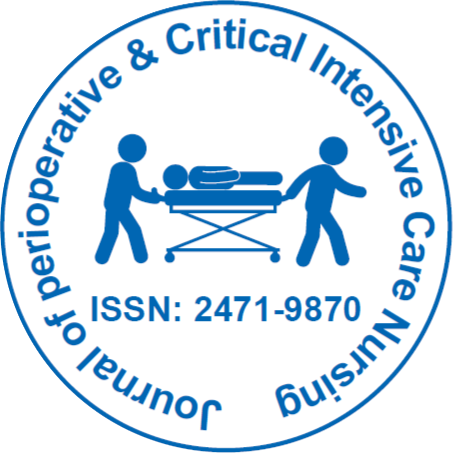
Journal des soins infirmiers périopératoires et intensifs en soins intensifs
Libre accès
ISSN: 2471-9870

ISSN: 2471-9870
Wai Keung Cheung, Lai Sheung Chau and Ien Leng Laurinda Mak
Background: The average number of alarms per patient on each day in Intensive Care Unit (ICU) was very high with poor specificity, high sensitivity and high false positive rate. The large number of false alarms has caused healthcare professionals to turn down the volume of audible signals, adjust the alarm setting beyond limits that are safe and appropriate for the patient, and ignore or even deactivate alarms, resulting in sentinel events and patient deaths. The objectives of the present study were to examine the prevalence of ICU cardiac and technical alarms and the relationship between that prevalence and available nursing staff levels.
Methods: The study collected all cardiac and technical alarm data from the bedside physiological monitor through the central monitoring system at the nurses' station, over a five-week period. The prevalence of these alarms and the correlation with different shifts of duty was analysed. The relationship between nursing staff levels and the number of these alarms was also analysed.
Results: There was a positive correlation between the number of cardiac and technical alarms per bed per hour in three different shifts (Night and Morning, Morning and Afternoon, and, Afternoon and Night: All p-value<0.001). The effect of these alarms on the present shift will affect the number of alarms in the subsequent three shifts. Besides, the number of cardiac and technical alarms is not related to the nursing staff levels.
Conclusions: This study describes the prevalence of cardiac and technical alarms from a different perspective, by examining the prevalence of physiological monitor cardiac and technical alarms in ICUs (but not their sound amplitude) and its relationship with nursing staff levels, the finding against many people thinking that the cardiac and technical alarms should be fewer when the nursing staffing level is high in the unit.